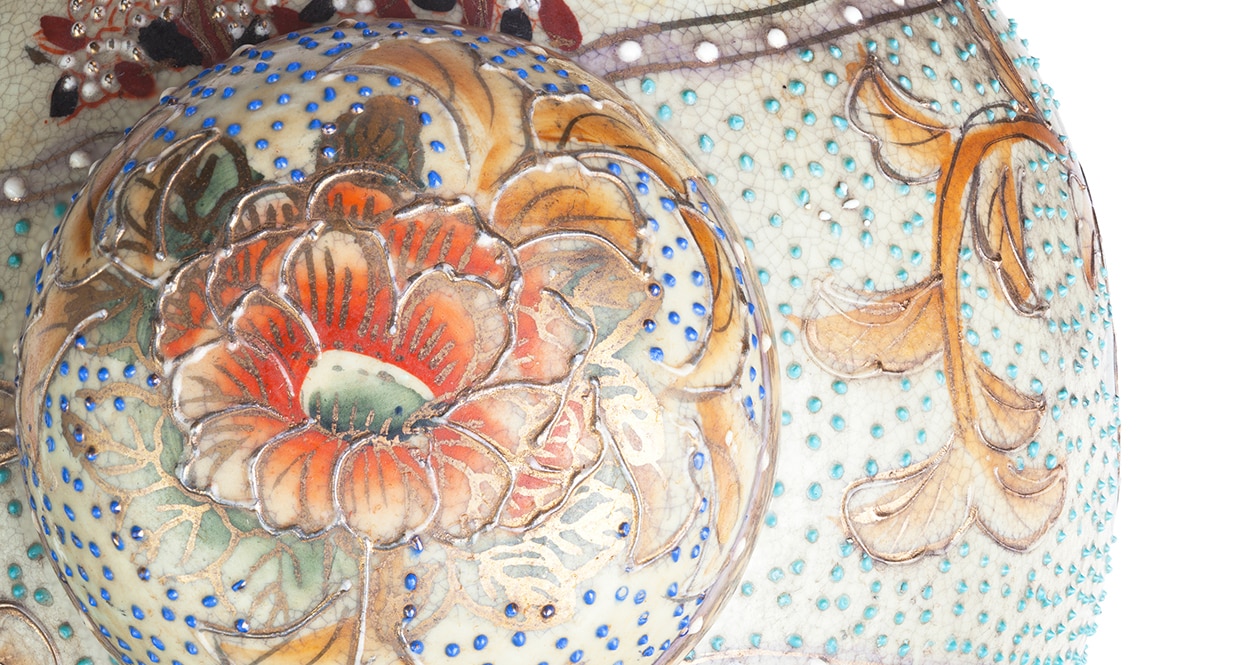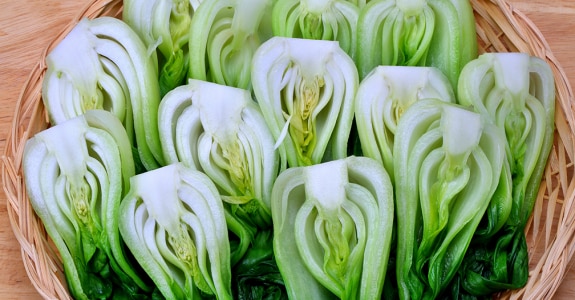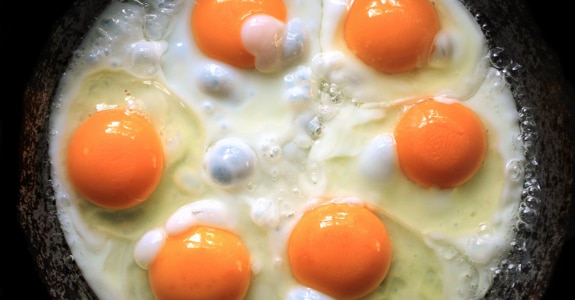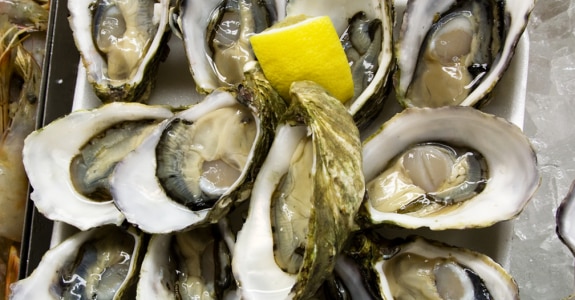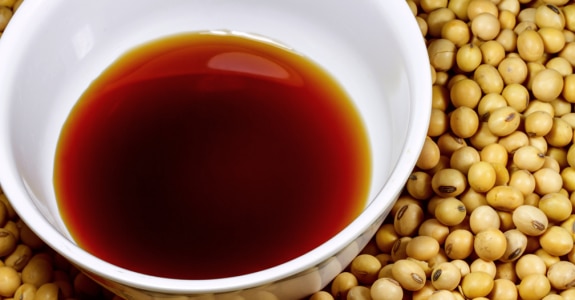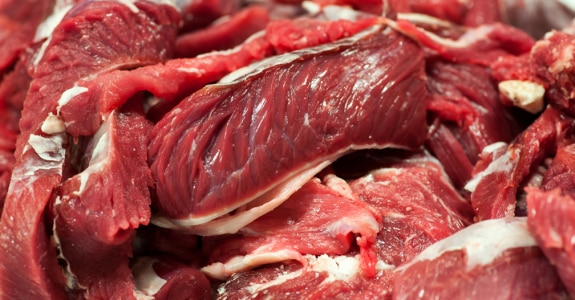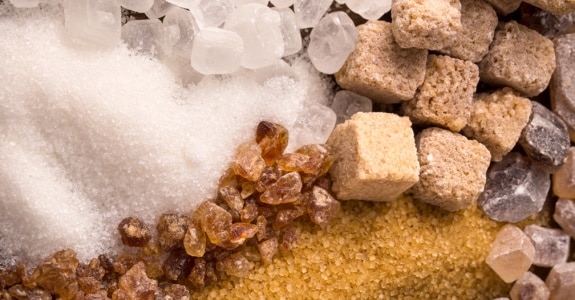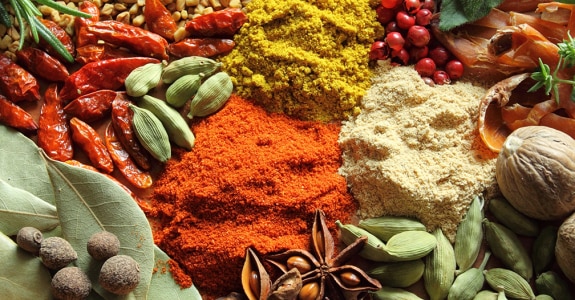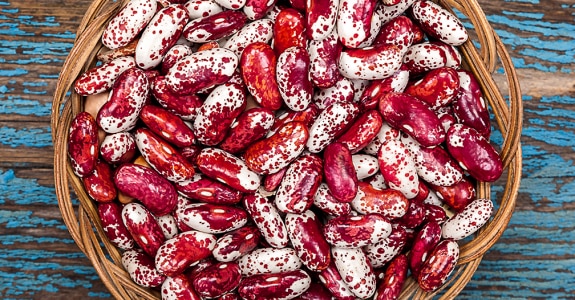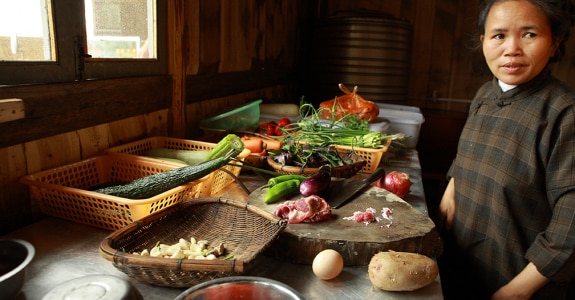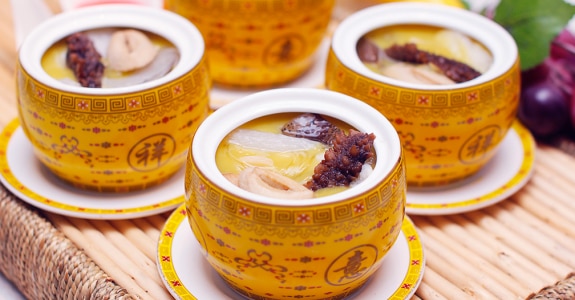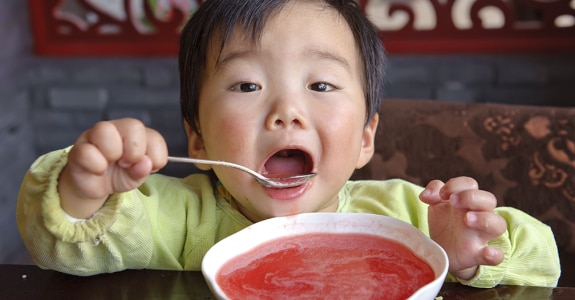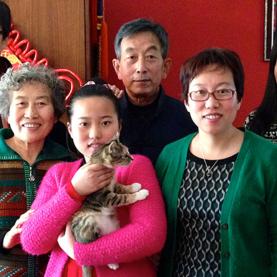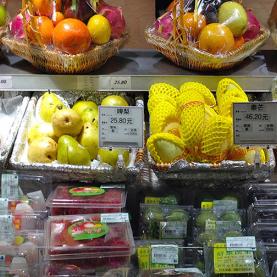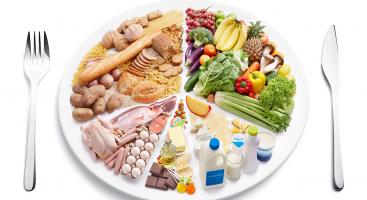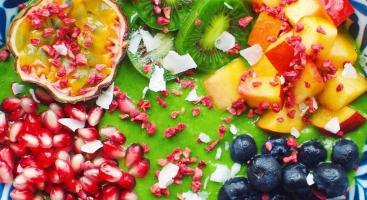Yin and yang in the kitchen
Pot for storing ginger ©iStock/Reload Studio
Chinese dietetic therapy is one of the branches of Traditional Chinese Medicine (TCM), alongside acupuncture, pharmacopoeia and tui na massage. Physical training techniques such as quigong and t’ai chi ch’uan are part of Chinese culture and go hand in hand with TCM. This practice is based on a 2000 year-old vision of the universe, where all things harbour two inseparable and complementary principles: yin and yang. “A manifestation of the Qi [energy] that fills the Universe, yin and yang are defined reciprocally and coexist in a dynamic and interdependent relationship.”1 Thus, night belongs to yin and day to yang, low is yin while high is yang, slowness is yin and speed is yang, and so on. In China, this view of the world also applies to food.
The nature of food
Chinese dietetics classes foodstuffs according to their ‘neutral’, ‘warm’, ‘hot’, ‘fresh’ or ‘cold’ character. This categorisation reflects the effect the food creates in the body. This may be a sensation of heat or coolness, no matter what temperature the food is served at, or a feeling of invigoration (energy boost) or relaxation (energy dispersal). Food can be described as strongly yin (cold), yin (fresh), neutral, yang (warm), and strongly yang (hot). Yin food ‘refreshes’ the body. Almost all green vegetables are included in this category – artichokes, spinach, cucumbers and so on. Root vegetables, such as beetroot, carrots and turnips, and tubers, such as potatoes and Jerusalem artichokes, are considered ‘fresh’. Milk, yoghurt, light cheeses and eggs are also seen as yin, alongside some seafood such as oysters, mussels and all shellfish. Salt, savoury condiments, soy sauce and nuoc mam fish sauce are also yin.
Meanwhile, yang food ‘warms’ the body and has an invigorating effect. Many kinds of meat belong to this category, such as game, beef, lamb, chicken and offal, as well as prawns and fatty fish. Butter, cream, fatty cheeses and most herbs and spices are also seen as warm or hot. Sugar, alcohol, chocolate, coffee and black tea are classed as yang.
‘Neutral’ foodstuffs bring balanced energy, structure and stability. They are often characterised by a relatively mild taste, “the flavour of nutrition par excellence, fortifying, strengthening and nourishing.”2 Most cereals and pulses fall in this category.
The influence of preparation and cooking methods
While each type of food has its intrinsic character, this can be modified to some extent depending on how the food is prepared. Cooking in an oven and fire-based cooking, such as grilling and smoking, are seen as yang-type processes on food, meaning it becomes more yang (more warming or invigorating). Poaching, boiling and steaming are cooking methods referred to as ‘with water and heat’, of a neutral or yin character, so “the food is more easily absorbed by our digestive system, thereby requiring little energy expenditure. It provides a comforting temperature and warms the body.” 3 If food is left raw (to eat in a salad for example) or fermented (such as making yoghurt from milk), these are considered strongly yin preparations, while frying food is seen as strongly yang.
Types of constitution
According to Chinese medicine, the yin-yang theory can also be applied to human beings, and each individual has their own character. There are five main groups of temperaments4: a person can be strongly yang (hyperactive, nervous, extrovert), yang (active, unemotional, extrovert), neutral yin-yang (active or relatively inactive, rather unemotional, peaceful), yin (active, emotional, introvert) or strongly yin (relatively inactive, highly emotional, introvert). It should be noted that resemblance to any of these categories is not permanent and it is quite possible to ‘change family’ over the years.5
The five basic tastes of Chinese dietetic therapy
Traditional Chinese dietetic therapy pays special attention to the five basic tastes. The term ‘taste’ (wèi味) is a much more extensive concept than the one we are accustomed to in the West, and goes beyond the sensation on the palate.
According to Chinese dietetic therapy, the five basic tastes are sour (suān酸), bitter (kǔ苦), sweet (gān甘), pungent (xīn辛) and salty (xián咸)6, each causing tropism of a particular organ of the human body, as it enters7 and influences that recipient organ. In moderate quantities, a taste will have a positive effect, nourishing the organ it is associated with; by contrast, excess or lack of a particular taste will have a negative impact on the associated organ. While tastes act on specific organs and their meridians, they also affect metabolism.
A sour taste, such as that of citrus fruit, is associated with the liver. It is astringent and tends to cause retention of body fluids, which is why sour food is often used to ease diarrhoea or excessive sweating.8 A bitter taste is connected to the heart. It has appetite-enhancing properties9 but also the particularity of draining excessive heat. It is found in coffee, asparagus, and bitter salad vegetables such as endives. The sweet taste is connected to the spleen and stomach and is reputed to be particularly nourishing. It is the taste we recognise in many cereals such as rice, corn and wheat, in pulses (split peas, beans, etc.) as well as in fruit and, of course, in sugar. A pungent taste is associated with the lungs. It is found in many spices including coriander, chilli, and black pepper, but also, and perhaps more surprisingly, in mint and in pistachios. The characteristic of this taste is that it is “externalising, as it draws energy and fluids towards the surface of the body, towards the skin.”10 Finally, the salty taste found in crab meat and pork, as well as in table salt, is linked to the kidneys. This taste should be consumed in moderation, otherwise it has a negative effect on the kidneys, bones and the heart.
Food can be categorised according to its nature and basic taste. While these characteristics are still relevant in cooking, they are becoming less and less prominent in medical practice and Chinese herbal therapy.
Harmony on a plate
Once you know your particular constitution and the nature of food, you can select the most suitable food to create balance in your body. A particular foodstuff is not beneficial for everybody. In general, yang food serves to balance yin people, while yin food provides harmony for yang people. As such, the choice of food and how it is cooked would depend on your constitution and your specific needs, but also on the season, another important aspect taken into account in Chinese dietetic therapy. According to Chinese medicine, preparing a dish that bears these different variables11 in mind enables you to harmonise the universe’s vital yin and yang forces within yourself and positively influence your well-being.
Chinese dietetic therapy is a rich and complex subject and to fully enjoy its merits, especially when treating health concerns, it is essential to seek advice from a specialist who will be able to advise a suitable dish and increase its effect by adding a few Chinese plants. Some gourmet restaurants in major Chinese cities even propose a consultation with a nutritionist prior to dining, for advice on the food best suited to your state of health!



